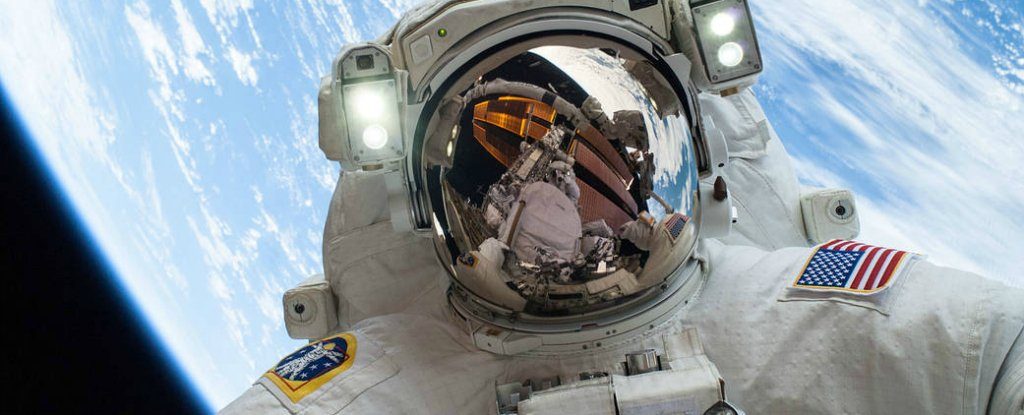Human waste will actually be more useful to get people to Mars than it was actually believed to be. Researchers from Penn State University have developed special microbe reactors that will break down the solid and liquid waste. The waste will then be recycled and will be used as food. The professor of geosciences at Penn State, Christopher House said, “We envisioned and tested the concept of simultaneously treating astronauts’ waste with microbes while producing a biomass that is edible either directly or indirectly depending on safety concerns. It’s a little strange, but the concept would be a little bit like Marmite or Vegemite where you’re eating a smear of ‘microbial goo.”
It will be an obvious choice to get Vegemite on toast instead of human waste. The researchers explained that their solution will save a lot of resources for the ISS and space teams. Taking food onboard adds a lot of mass to the spacecraft. Thus, adding more fuel which is required to carry the weight of the spacecraft. The team discussed other methods and said that while all other methods like hydroponics are also feasible in space but the issue with them is that they drain resources like energy and water.
The researchers used a relatively common method that has been working fine on earth and it was easy to transfer it to space. They made use of artificial solid and liquid waste which is often used in waste management tests. They created a cylindrical system that was about four feet long and four inches in diameter. After that, an artificial waste was exposed to various microbes. The microbes inserted to break down the waste use anaerobic digestion which breaks down biodegradable materials without oxygen.
House said, “Anaerobic digestion is something we use frequently on Earth for treating waste. It’s an efficient way of getting mass treated and recycled. What was novel about our work was taking the nutrients out of that stream and intentionally putting them into a microbial reactor to grow food.”
The biggest byproduct obtained as a result of the anaerobic digestion was methane. Instead of looking into methods to get rid of the methane gas, the researchers found out that they can recycle methane and can grow another functional type of microbes. The microbe, Methyloccus capsulatus, is used in animals feed already. This same thing can be used to produce food during a spacecraft flight.
The team said that they found their inspiration from the aquariums and the procedure that is performed to filter the fish waste. House said, “We used materials from the commercial aquarium industry but adapted them for methane production. On the surface of the material are microbes that take solid waste from the stream and convert it to fatty acids, which are converted to methane gas by a different set of microbes on the same surface.”
House and other members of his team said that the microbes they grew for consumption contained almost 52 percent protein and 36 percent of fat. This can give the astronauts a solid nutritional diet. “Each component is quite robust and fast and breaks down waste quickly. That’s why this might have the potential for future space flight. It’s faster than growing tomatoes or potatoes.”
NASA and ISS have been looking for ideas on how to recycle or remove the space waste. Back in 2016, NASA developed the Space Poop Challenge to find solutions on the best way to remove human waste from astronauts suits during long-duration tasks like spacewalks. For now, the part of waste management solution is to eject it into Earth’s atmosphere. It will burn in the atmosphere eventually. House also said that the researchers’ team from Penn State can provide a much better solution to the problem. “Imagine if someone were to fine-tune our system so that you could get 85 percent of the carbon and nitrogen back from waste into protein without having to use hydroponics or artificial light. That would be a fantastic development for deep-space travel.”

